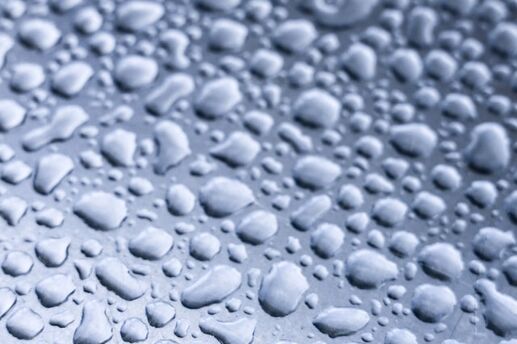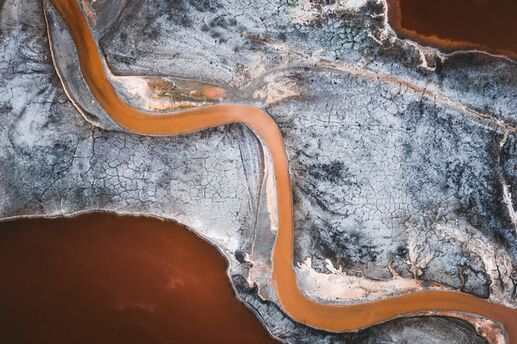Lava Rock Filtration Explained
We've all heard or seen it before in marketing messaging for bottled water brands: lava rock or volcanic rock filtered water. But what does lava rock filtration mean and why should you care about it? All bottled water has to be purified and filtered, but that process strips out many of the naturally occurring minerals in drinking water that make it taste so good. The unique characteristics of volcanic rock, combined with heavy annual rainfall levels on volcanic islands create a natural water filtration process.
What is Lava Rock
Lava rock or volcanic rock is what liquid hot molten lava becomes when it cools and crystalizes. Volcanos spew out magma from the earth's core and deposit it along the slopes of a volcanic mountain. Technically, volcanic rock is a type of igneous rock called basalt, which can be found in abundance in certain part of the world, especially in the pacific volcanic islands. Basalt rock is just about everywhere on earth, and it is even present on the moon. On earth, it underlies all of the great underwater ocean basins, and it abundant in the ocean floors beneath volcanic islands. The porous nature of Basalt, along with other physical characteristics, makes it ideal for the natural filtration of water. This comes in very handy in Hawaii where there are a lot of volcanoes, rainfall and pristine artesian wells. Because certain islands have active volcanos, there is a constant replenishment of new rock, which add to the natural filter.
How Does Lava Rock Filter water
Imagine a sponge, with its rubbery feel, squishy consistency and its porous make-up. Water can pass through a sponge without much trouble. Now imagine that sponge is hard substance with a crusty out layer with porous skin that is made of hard, lightweight silica and other minerals. Water can still pass through it, but also pass over it. Now imagine that giant rock sponge was once in the form of liquid magma, and was formed by cooling and crystalizing. Lava rock is a common filtration media in aquariums and ponds, where the porous surface of the stones creates greater surface area where the biofilm can accumulate and act as a filter for bacteria. In nature, the force of constant rainfall in places like Hawaii utilize the rocky landscape from lava flows from active volcanos to push water through and over the porous rock. Sediment and bacteria collect in the biofilter on the rocks, and excess water flows and drains into artesian aquifers below. This natural filtration allows for certain minerals like magnesium and calcium stay in the water, which gives it a unique alkaline taste.
Photo by Keegan Houser on Unsplash





